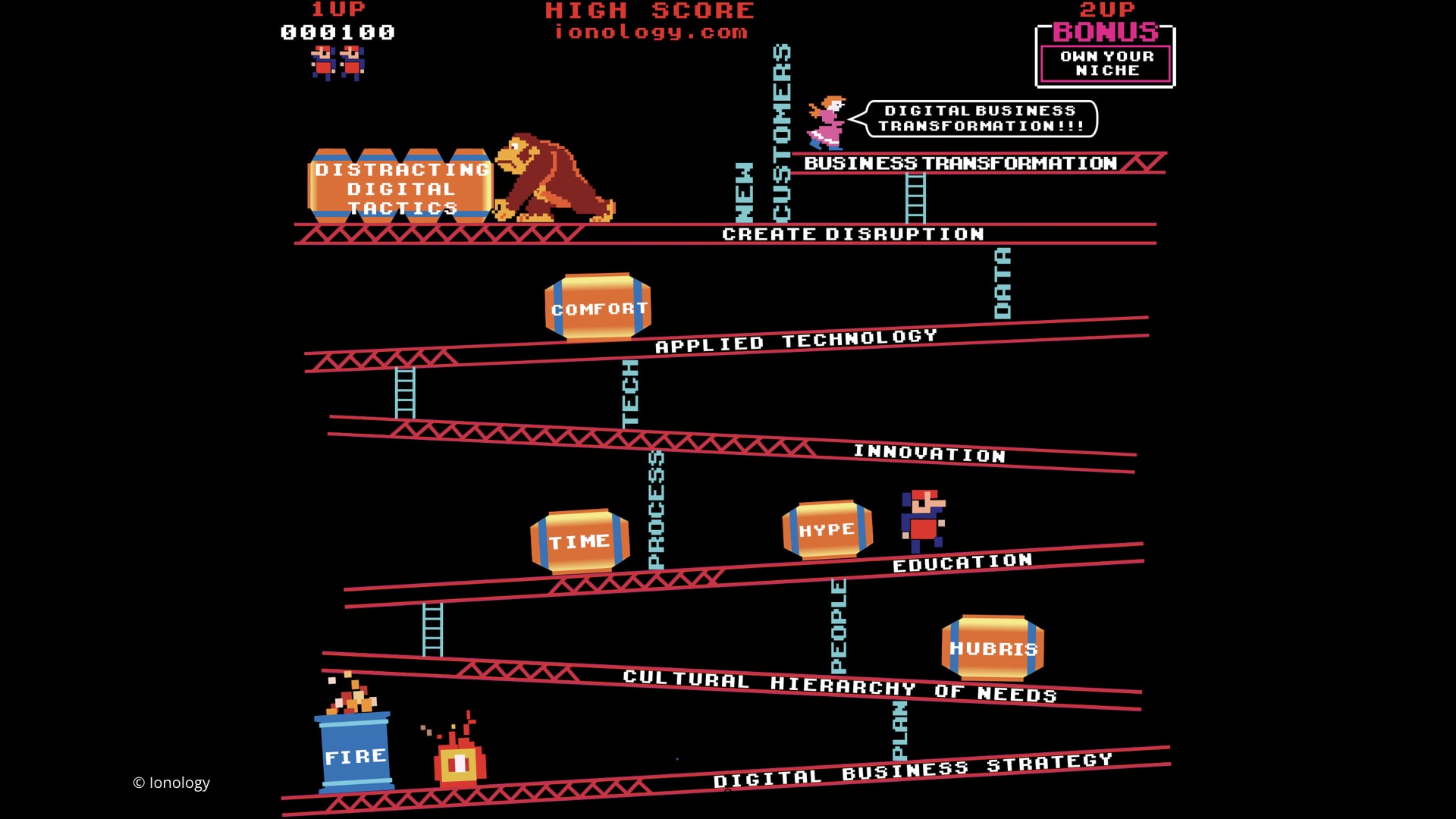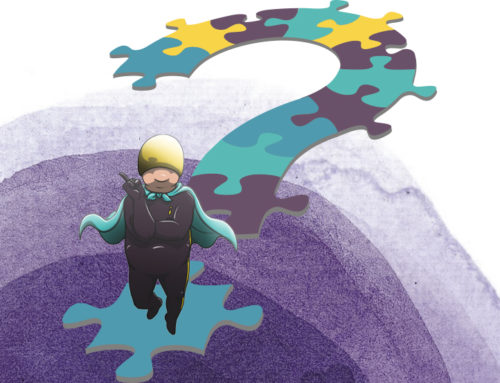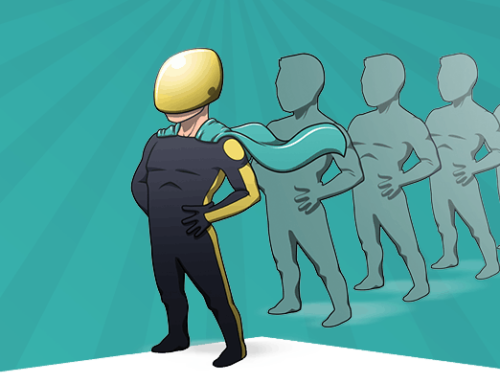There are 8 steps to creating a digitally transformed organisation and we must follow these steps in sequence to achieve our goal. Every step comes with it’s challenges and obstacles which we must overcome to reach our desired destination. If you’ll indulge our analogy, we must take a quick diversion back to the 1980’s to become Super Mario and take on our Donkey Kong.

For anyone who did not have the pleasure of spending hours of their youth on this joyful experience, let me explain:
Super Mario’s task is to rescue his girlfriend Pauline from her kidnapper – the giant ape Donkey Kong. Needless to say Donkey Kong isn’t keen on the idea. He throws barrels at Mario who must overcome these treacherous obstacles as he climbs up the levels to Pauline.
Every business has their barrel-dispensing Donkey Kong. These barrels take the guise of the endless tasks, distractions, and ‘busyness’ that consume the day-to-day. Every business also has a Pauline (in this case, customers although they don’t usually need to be rescued). Super Mario is our business leader whose job it is to create digital transformation, win new customers and create competitive advantage.
Just like our plucky plumber, we must start at the bottom and make our way to the top to win the game. We can do it by following these steps:
Step 1: Diagnosis
We must start by answering the question where are we now and where are we going? We need to understand and articulate where this journey will take us. By answering these questions we define the outcome of the game we’re about to play.
Step 2: Create a business strategy through the lens of digital.
Planning allows Mario to move from level 1 to level 2. A digital business strategy is different to a technology or marketing strategy. This is an overall plan for the business using a data-driven digital transformation framework and agile methodologies to test concepts and hypotheses.
Step 3: Move beyond fire fighting to create capacity.
The biggest obstacle Mario faces at this stage is the constant barrage of operational tasks that not only he but everyone in the business must contend with. Those barrels of distraction never stop coming and he must make room for the deep thinking and important but non-urgent work that will lead to the change he desires.
Step 4: Bring your People.
Mario’s next job is to bring his people along before he can move on to level 3. To do this, he must forget about himself for a moment and focus on his people’s needs. If he successfully meets their individual hierarchy of needs, his whole team will become engaged with this process of change and supportive of the new ways. He gets the force behind him that he needs to move forward. Digital transformation is not all about change management, but it does play an important role.
Step 5: Build Capabilities.
Mario will inevitably uncover gaps between existing skills and expertise and those required to complete the work identified using the framework in the strategy planning phase. His next task is to close those gaps by providing the training and education required to empower his people.
Step 6: Innovate.
Super Mario has 2 major barrels of distraction to overcome to make it to the innovation level: time and hype. He must take the time and resist the temptation to jump into the latest technology to develop innovation processes. The innovation process is well documented; Design School Thinking is very much in vogue at the moment. The most successful organisations, however, spend weeks using the framework and running empirical tests to discover where their opportunities lie. This is how they ensure that innovation is laser focussed and maximises the potential for creating new sustainable competitive advantage.
If we try to innovate without evidence, data and strategy our best outcome is blue sky thinking. Innovation is about solving business problems, which we need to diagnose correctly in the strategy. Google has lost more than $865m dollars on projects like these. These erstwhile ‘moonshots’ are now known as ‘other bets’ and being reined in.
Step 7: Apply Technology.
Now Mario is ready to implement solutions if he can avoid the next barrel. Mario has to get out of his comfort zone and try something new. Smart businesses know that the best solution to their strategic issue may require something simple, mechanical or mundane. They focus on solving the diagnosed business challenge, not creating great technology. It just so happens that great technology is most often the answer.
Step 8: Create Disruption.
Pauline is in sight! The aim of digital transformation is not to seek disruption, it’s something that happens as a result of earlier actions. To clarify this idea of disruption we can look at Uber, a massively successful, innovative, technology-driven business but they have not disrupted the taxi market. They have competed aggressively and leveraged technology but the market is the same customers buying the same service. According to Clay Christensen that is not disruption. The outcome of disruption is new customers – the final ladder Mario climbs to be reunited with Pauline.
Our Mario has reached the top of the platform, rescued his beloved Pauline and outwitted that troublesome giant ape. He has completed all 8 steps to creating a digitally transformed organisation. Like any hero deserving of his status, he’s overcome more than one challenge to get there but I daresay it was worth it.


